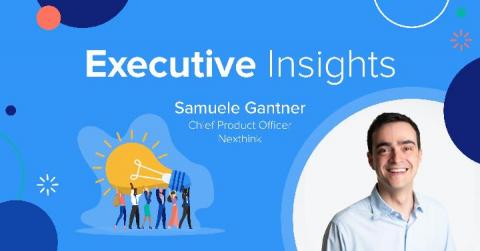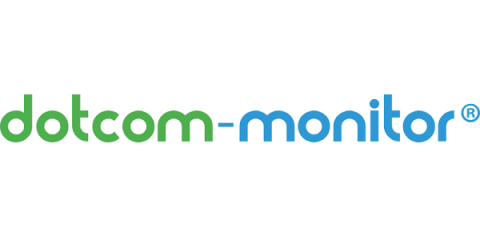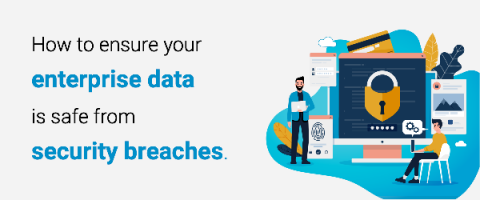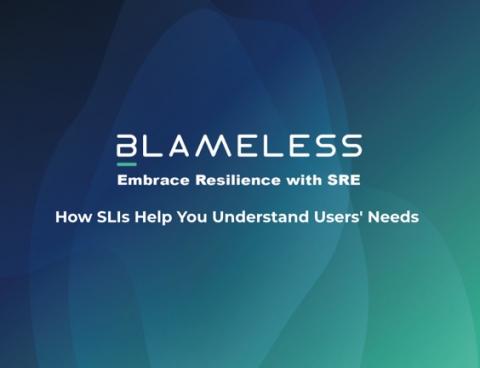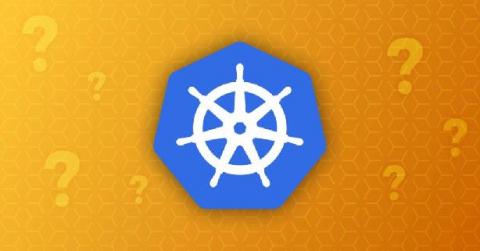What's Behind the New Nexthink Experience?
We are proud to announce the next generation of our platform, Nexthink Experience™, a cloud-native solution that equips IT with the ability to proactively manage Digital Employee Experience (DEX) for continuous optimization. With a groundbreaking set of new capabilities, IT no longer has to struggle to answer the question “how do I solve this issue?” For the first time, they can prioritize issues, pinpoint causes, and resolve computing problems across their entire infrastructure.


